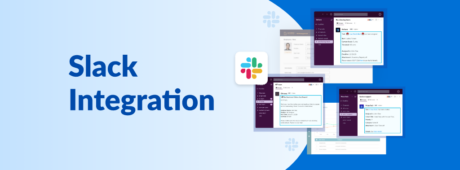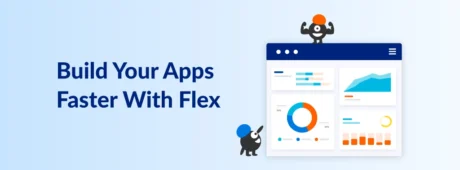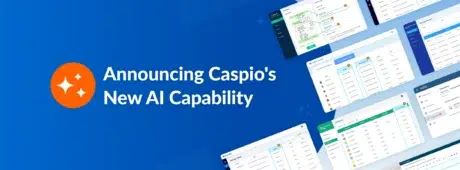Cloud Data Strategies – Think Big, Start Small, and Never Stop Improving
November 14, 2012

In an InfoWorld blog post today, David Linthicum outlined three steps to make towards a successful cloud database strategy. I think the advice is solid, and hints at the main gist of what I have been saying in recent blog posts around the transformative nature of the cloud for data and apps. The best part of the post is around “defining a path to improvement” rather than simply migrating. I could not agree more.
However, while the article makes this point, I feel it does not go far enough. It is one thing to think about existing data that you have been storing, then moving to the cloud. But what about new data types that are coming in to the organization – such as geolocation and social media data and metadata. What about using cloud tools to extend not just the data, but the internal and external experience around the data? In short, without a cohesive strategy for migrating to the cloud, and also building new applications and user experiences around these data sets – what’s the use of even moving to the cloud?
The cloud allows us to centralize data that typically sat in many, many silos. By using the web as a universal front end, and the cloud as a universal storage location – we can better centralize certain data sets to provide more complete information, answers, etc. And, by extending data access (and capture) to mobile devices and social channels – that data set only gets richer. By centralizing in the cloud – time to value in the form of information management, reporting, etc. is amplified.
As the Linthicum post points out – a lot of this is easier said than done. However, the cloud allows you to think big, but start small. For example, at Caspio we of course do not expect a company to place ALL of their data in the cloud, on our servers. However, by migrating data sets that are often used, but typically trapped across various Access and Excel silos – quick wins are gained, and the value of the cloud is proven. Customers starting with a few database migrations often move on to more expansive applications, capturing various data sets and centralizing that inside the Caspio system. And, all the while extending the ability to capture and improve their data sets with mobile and social extensions.
The beauty of modern cloud databases and applications is that they are faster, simpler and more powerful than traditional databases. Building applications, especially on a free online database platform, can require zero code, speeding the time to build out functions on top of data sets. And of course, scale is an afterthought in the cloud. By starting small, optimizing along the way, and always iterating to learn and improve – any company can better centralize data, increase data quality and attributes, and extend access and inputs using the cloud as a platform.















